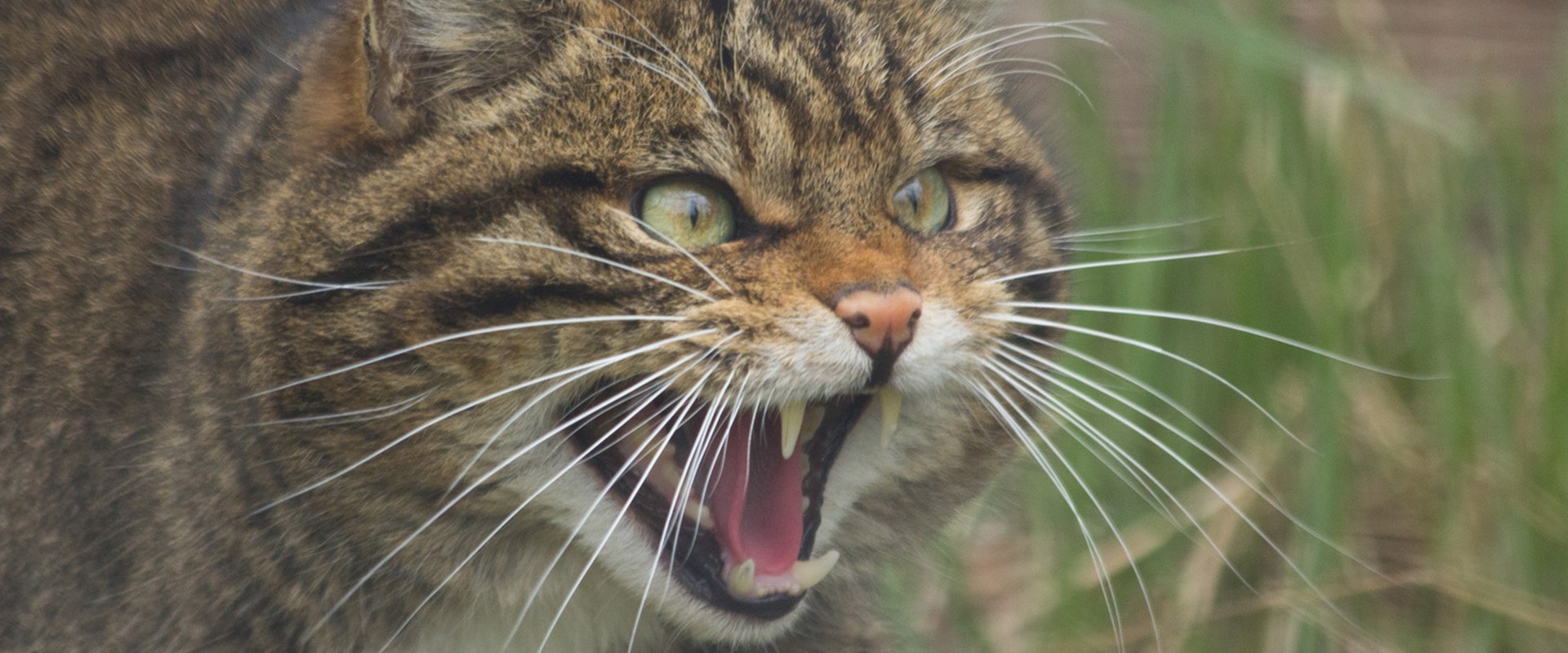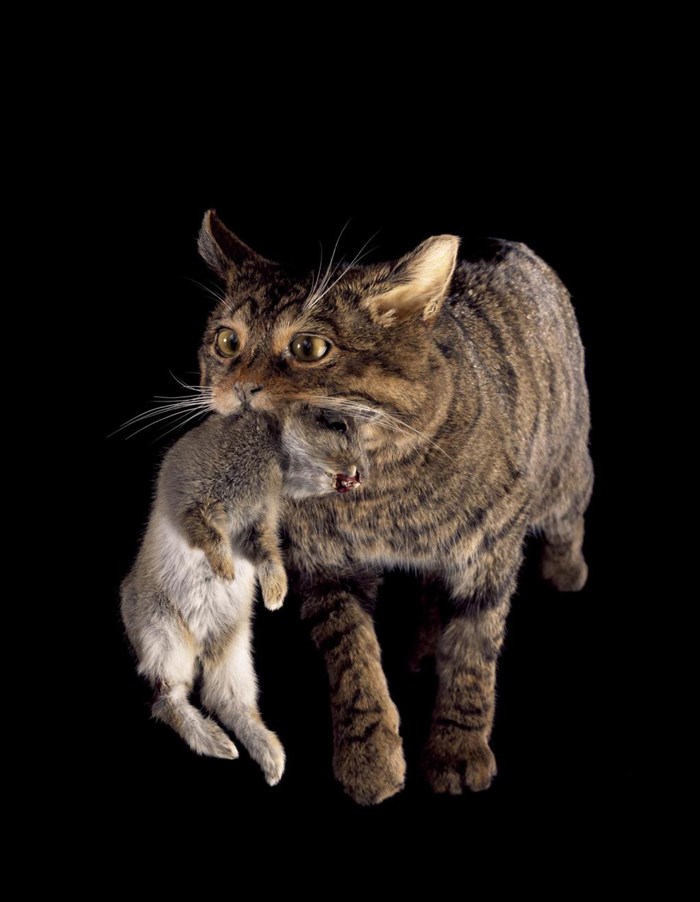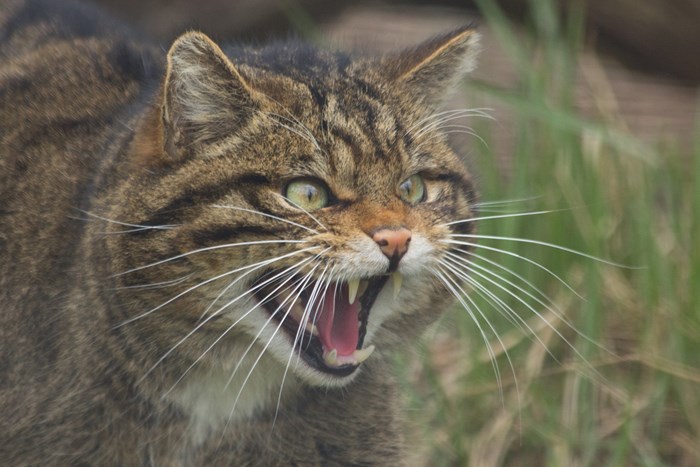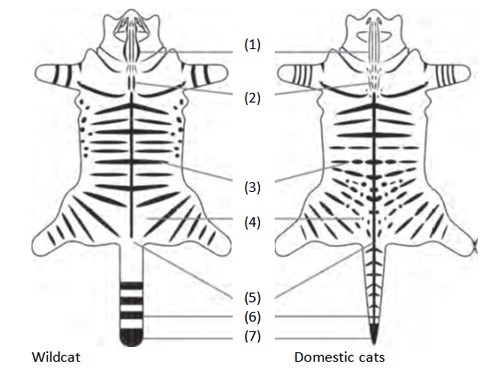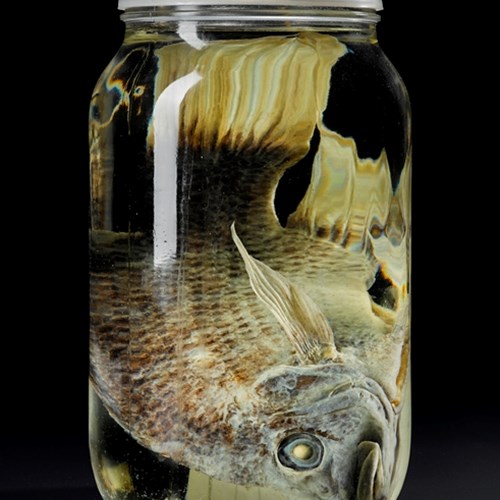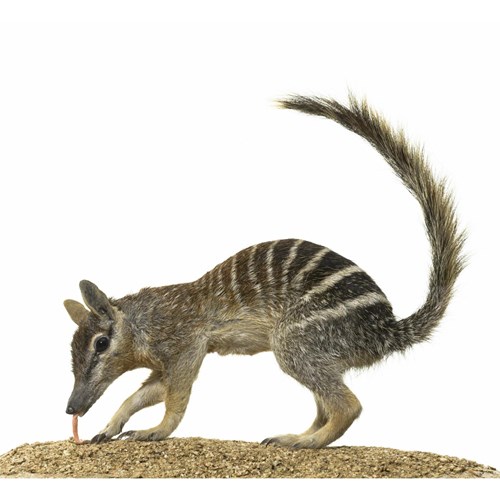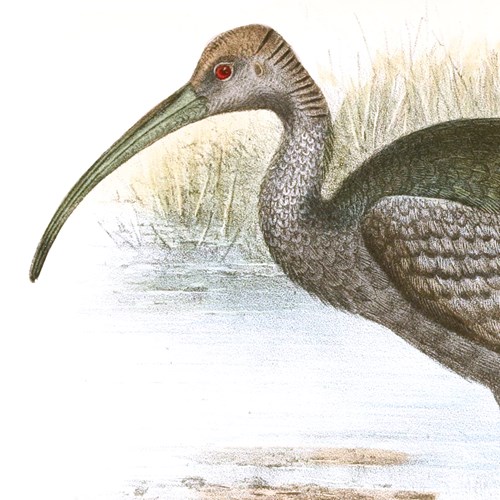Domestic cats (pet, stray or feral) and wildcats can all share disease and breed with each other. Scottish Wildcat Action believes that neutering, vaccinating and micro-chipping domestic cats is the best way to protect wildcats from further decline – and it also helps pet cats to be healthier and safer.
Scottish Wildcat Action wants people in Scotland to take action to neuter, vaccinate and microchip their pet and farm cats to prevent diseases like Feline Leukaemia (FeLV) and Feline Aids (FIV) from spreading and to stop cats getting lost or having unwanted kittens.
Supercats are pet or farm cats that have been micro-chipped, neutered and have up-to-date vaccinations. You can find out more about the Supercat campaign and make a pledge to chip, neuter and vaccinate your cat here: www.scottishwildcataction.org/supercat

